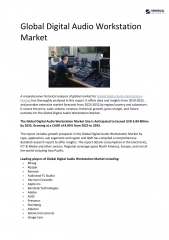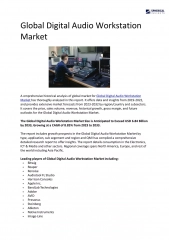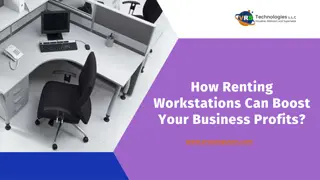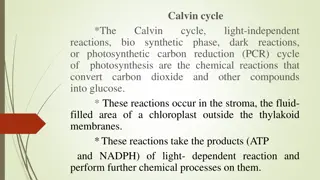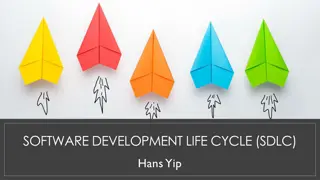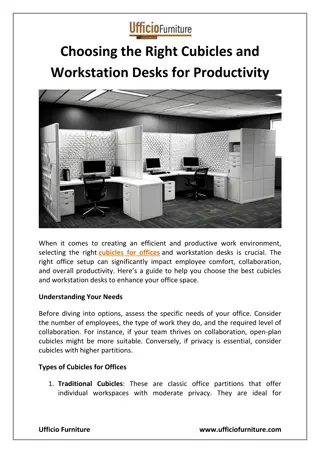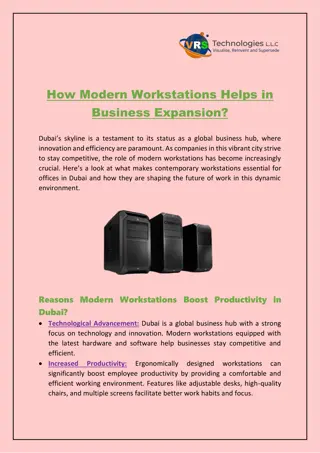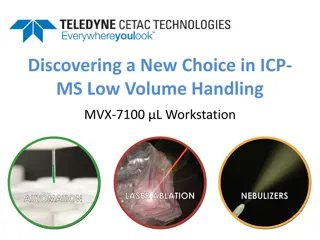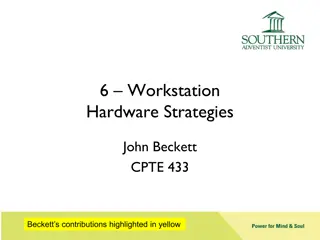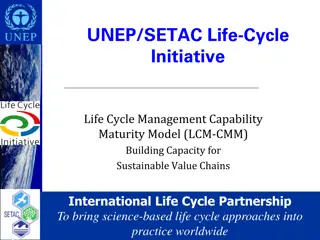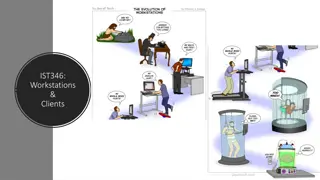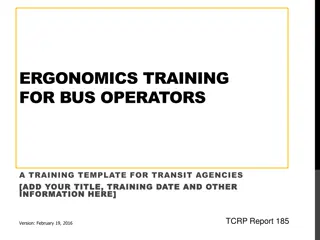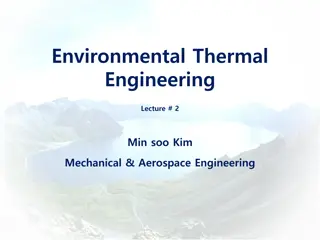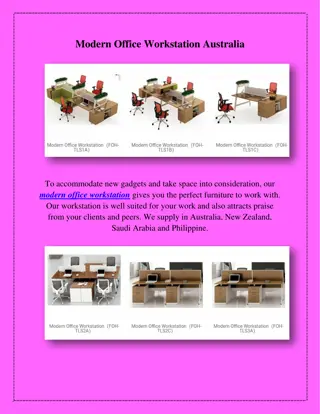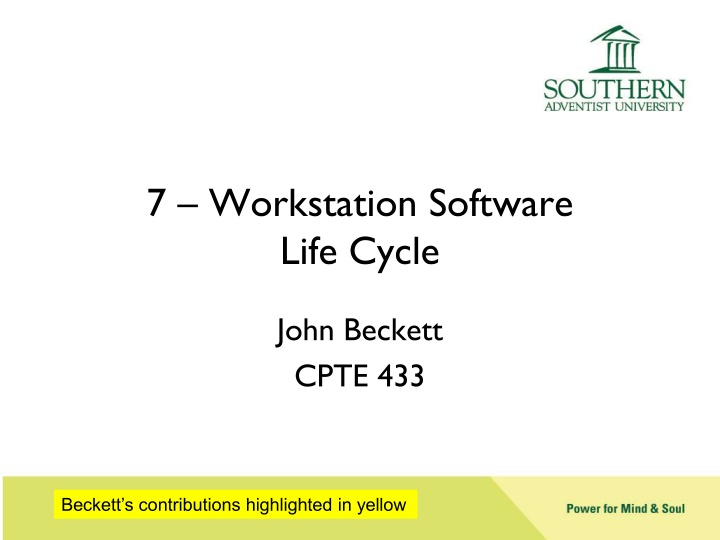
Workstation Software Life Cycle Management Insights
Explore essential insights and best practices for effectively managing the life cycle of workstation software. Learn about key considerations such as machine state documentation, OS installation, configuration management, DHCP setup, and more to optimize your software management processes.
Download Presentation

Please find below an Image/Link to download the presentation.
The content on the website is provided AS IS for your information and personal use only. It may not be sold, licensed, or shared on other websites without obtaining consent from the author. If you encounter any issues during the download, it is possible that the publisher has removed the file from their server.
You are allowed to download the files provided on this website for personal or commercial use, subject to the condition that they are used lawfully. All files are the property of their respective owners.
The content on the website is provided AS IS for your information and personal use only. It may not be sold, licensed, or shared on other websites without obtaining consent from the author.
E N D
Presentation Transcript
7 Workstation Software Life Cycle John Beckett CPTE 433 Beckett s contributions highlighted in yellow
7.1 Life of a Machine Empty
Lessons from Evard States and transitions exist It is critical that the state of a machine be known and documented Only useful state: Configured Maximize the amount of time spent in this state Minimize the amount of time required to restore this state automate where possible! Our team must have a process for each of the transitions
7.2 OS Installation Results in Evard s Clean state Book says: Best achieved through automation Better yet, through imaging Critical to have a build log to create that image Also need installation scripts for additional software beyond base
7.3.1 OS Configuration - CM CM systems can help manage this Different stations have different purposes, so you may need to code these into the CM If the difference is extremely simple, it could be manual E.g. on PuntoLuz server, Enter the serial number into /home/puntoluz/serial.txt
7.3.2 Microsoft Group Policy Objects General practice is to create these manually Better: Use CM to set them
7.3.3 DHCP Configuration Remember, it configures more than IP address Also netmask, gateway, DNS If you have a combination of DHCP and manual, all configs have to be done twice Argument in favor of using DHCP for everything including (all but the very most) critical servers Beware: Some devices only refresh on reboot So a reboot should be done when you change Major advantage of DHCP: A reboot solves problems resulting from reconfiguration You should change lease time a day before doing a reconfiguration that affects more than one workstation
7.3.4 Package Installation Installing in the image does almost everything May need a post-install script to register the product on this machine Book warns against a script that only does post-install because it confuses the whole issue of what is installed
7.4 Updating the System Software and Applications Entropy happens Key is automation Question: Do you update in-place or re- image? A combination of these techniques may be necessary
7.41 Updates versus Installations Host in usable state Host is in use No physical access required State may be unknown Host is in the native environment Host may have live users Host may be unavailable Host may be dual-boot
Update Methods No updates User-initiated updates Automated updates with user approval Test all updates Emergency updates Minimize the update surface area Only update software used on that machine Fungibility alert!
7.5 Rolling out changesCarefully One machine maybe in a sandbox A few more machines Many In a large organization you may expand this geographically or politically
7.6 Disposal Accounting Inventory, depreciation, contracts, licenses Technical Services, data, licenses, monitoring, passwords, CMDB Technical Physical connection, CM config, erase Physical Disconnect cables, remove from rack, collect parts, sell/donate
7.6.1 Accounting One method: Remove asset tag and mail it to the accounting office May be slated to return to company stores Department may want to keep it in case we need it Consumes storage space Almost guarantees it will never be re-used
7.6.2 Technical: Decommissioning Have a checklist CMDB should handle most of this
7.6.3 Technical: Data Security Simply re-formatting isn t enough At least: write new data on the drive Lab equipment can do astonishing things to recover data you thought was erased Possibility: Remove HD, disassemble platters, run over them with a vehicle Shooting target practice has been used, but while entertaining this may be less precise
7.6.4 Physical Disconnect cables Remove from rack Remove cables Back to company stores?

